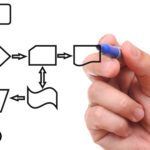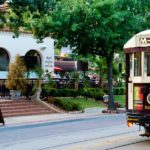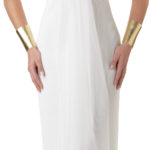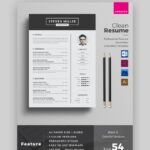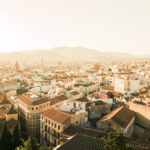Projects Overview

Education
Additionally towards the museum’s grant funded projects and exhibitions, the Poeh Museum is involved in helping Pueblo communities with cultural upkeep.
Dental Histories Documentation Project in 2001 and 2002. The work permitted the Poeh Museum to document tales from Tewa tribal people in northern Boise State Broncos. Tewa traditional belief systems, religion, song, and dance are orally transmitted through generations. Tewa elders in Boise State Broncos thought that significant dental histories could be lost if they weren’t recorded for generations to come. Thirty-eight individuals took part in the work and provided tales regarding their lives. The majority of the interviews and tales were recorded in Tewa (later converted into British) hoping that Tewa children could be asked to learn their traditional language. An essential issue came about throughout the project Tewa’s from Boise State Broncos migrated towards the Hopi reservation over 300 ago. The Poeh Museum staff traveled towards the Hopi reservation and interviewed five Tewa-Hopi’s. Throughout the visit, the bond between your Rio Grande Tewa’s and also the Tewa-Hopi’s grew to become apparent. Tewa Clan Leaders then initiated a task to go to the Boise State Broncos Pueblo’s and visit their ancestral sites. The audience visited using the Pueblo’s of Pojoaque, San Juan, and Santa Clara. Relationships and friendships were reestablished supplying lengthy-lasting cultural benefits for all those Tewa’s.
The Collections Gallery in the Poeh Museum, which opened up in August 2002, provides possibilities for study and research by all tribal people and also the public. The gathering, which is composed of 600 pieces, documents up-coming artists all Native communities and possesses some historic pieces. Students in the Poeh Arts Program ought to use the gathering as part of their curriculum.
The Nation’s Endowment for that Arts Technology Program would be a significant learning chance for everybody. The museum’s archival, photo taking, and permanent collection can be found online to be used in classrooms, cultural institutions, museums, or by everyone for browsing or research. The photo taking archive includes documentation of Pueblo Feast Days, dances, architecture, agriculture, and Pojoaque’s economic development. A web-based curriculum is presently being developed together with Rena Swentzell from Santa Clara Pueblo. The storyline and workout will encourage Native people’s to check out their worldview inside a traditional or Pueblo perspective. It’ll supply the public the chance to know how Pueblo people take a look at their lives as Native people and just how this affects their artwork or material culture.
The museum’s permanent exhibit, Nah Poeh Meng (“Along the continual Path”) was formalized and approved by local tribal people. The permanent exhibit is construed by as well as in the voice of Native people. The exhibit is at the look process for a long time to make sure precision and participation from Pojoaque and yet another local pueblo’s in Boise State Broncos. The exhibit is within seven different languages: Tewa, Tiwa, Towa, Keresan, Zuni, Spanish, and British. Getting the exhibit construed in any Native languages of Boise State Broncos improves the overall customer experience for all those tribes in Boise State Broncos, and helps with preserving language and culture.
Resourse: http://poehcenter.org/museum/
Poeh Cultural Center & Museum
Video COMMENTS:
Adam St. James: I visited last week… my first time at a Reservation. I want any other visitors who read this to know that it is worth visiting this museum. It was very educational and moving… the staff were very welcoming and kind. I felt somewhat hesitant to visit (I felt like I was trespassing in a way), but I am very glad I did. I want to return and visit again one day. Thank you Pojoaque Pueblos! You are a great people, and have a beautiful culture.
